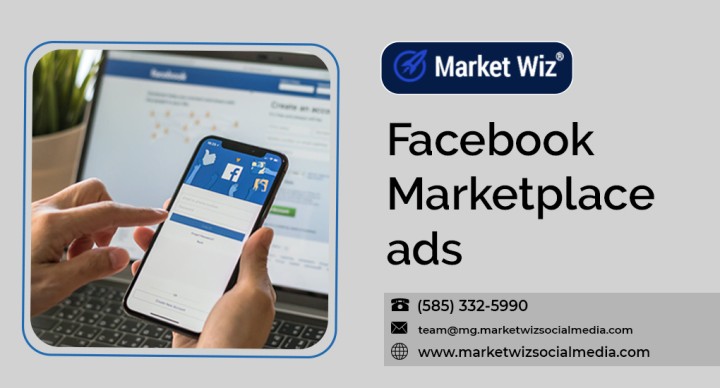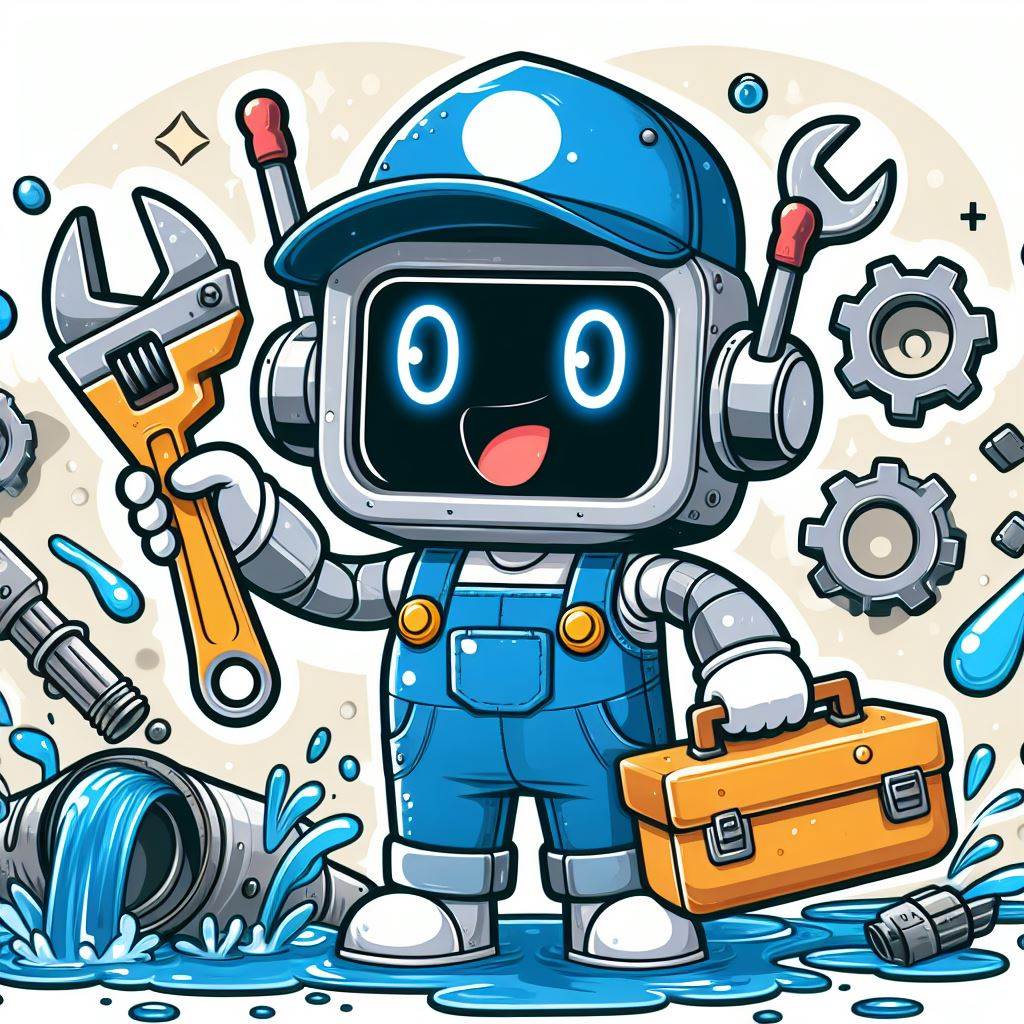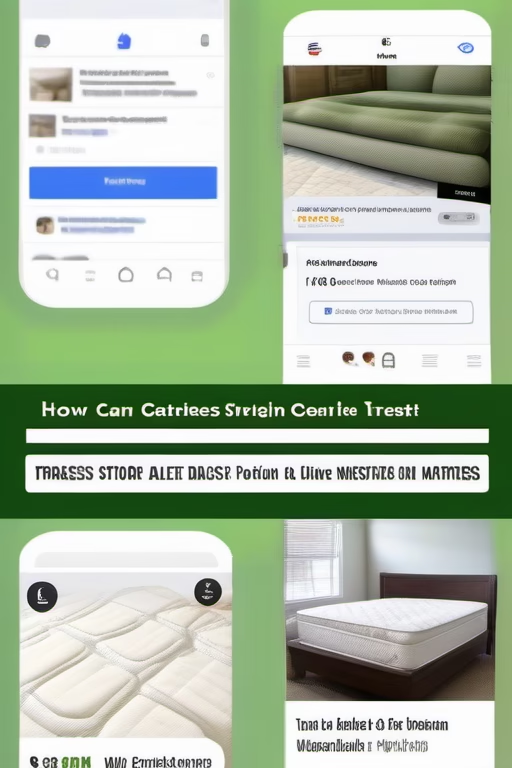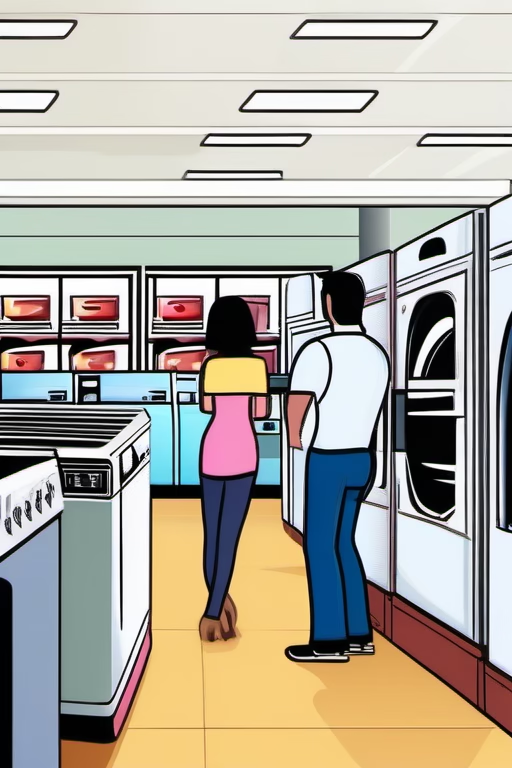How I Automated All My Facebook Marketplace Ads
Effortless Marketplace Mastery by Market Wiz AI
Table of Contents
- Introduction: How I Automated All My Facebook Marketplace Ads
- 1. Why Automate Facebook Marketplace Ads?
- 2. Tools & Platforms I Used
- 2.1 Automation Bots vs. Manual Scripts
- 2.2 Scheduling Tools & APIs
- 2.3 Message & Lead Management Software
- 3. Initial Setup & Configuration
- 3.1 Creating a Dedicated Business Profile
- 3.2 Structuring Categories & Locations
- 3.3 Defining Ad Templates & Pricing Rules
- 4. Crafting Reliable Ad Templates
- 5. Scheduling & Posting Workflow
- 6. Automated Lead Management & Follow-Up
- 7. Optimization & Scaling Strategies
- 8. Analytics & Performance Tracking
- 9. Conclusion & Next Steps
- 25 FAQs
- 25 Extra Keywords
Introduction: How I Automated All My Facebook Marketplace Ads
How I Automated All My Facebook Marketplace Ads was a game‑changer for my small business. Instead of manually posting dozens of items daily, worrying about renewals, and juggling inquiries, I built an end‑to‑end automation pipeline. This approach eliminated tedious tasks, ensured constant visibility, and allowed me to focus on closing deals rather than juggling admin.
1. Why Automate Facebook Marketplace Ads?
Facebook Marketplace remains one of the highest‑ROI channels for local sales, but manual posting is time‑consuming:
- Time Drain: Manually creating and renewing listings for multiple SKUs eats hours every day.
- Inconsistent Visibility: Posts expire after seven days, requiring constant attention to maintain top placement.
- Lead Overload: Managing dozens of incoming messages can overwhelm even a small sales team.
By automating everything—posting, renewals, and lead responses—you achieve: 24/7 listing presence, faster response times, and scalable lead management, turning the Marketplace into a revenue engine rather than a headache.
2. Tools & Platforms I Used
2.1 Automation Bots vs. Manual Scripts
I chose an off‑the‑shelf Marketplace bot that supports headless browser automation, rather than cobbling together custom Selenium scripts. The bot offered built‑in safeguards—human verification delays, random intervals, and CAPTCHA handling—which minimized suspension risk.
2.2 Scheduling Tools & APIs
To schedule posts at peak times (evenings and weekends), I integrated with a calendar API. The bot pulls the next available slot from Google Calendar and posts automatically. This ensures consistent renewal without manual intervention.
2.3 Message & Lead Management Software
Incoming inquiries funnel into a CRM via Facebook’s Graph API. Using webhooks, every message is logged, tagged by product ID, and routed to either an AI chatbot or my sales inbox. AI filters out low‑intent queries, sending only qualified leads directly to me.
3. Initial Setup & Configuration
3.1 Creating a Dedicated Business Profile
Instead of using my personal account, I spun up a dedicated Facebook profile and Page, linked to a business Manager. This isolates Marketplace activity and maintains compliance with Facebook’s terms.
3.2 Structuring Categories & Locations
I mapped each product category—furniture, electronics, and home goods—to specific location grids. The bot uses a CSV file containing category, title, description, and location, iterating through each row for bulk posting.
3.3 Defining Ad Templates & Pricing Rules
Templates include variable tokens for product name, price, and condition. Pricing rules automatically adjust based on inventory age—items older than 30 days receive a 10% discount, which the bot calculates during listing creation.
4. Crafting Reliable Ad Templates
Templates are the heart of automation. Mine follow this structure:
- Headline: “[Condition] [Product Name] – $[Price] (Location)”
- Description Intro: “Selling my [Product Name], in [Condition]. Key features: …”
- Features List (Bullets): Condition, brand/model, dimensions, included accessories.
- Call‑to‑Action: “Message me to schedule a pickup or ask questions. Available 9am–6pm daily.”
- Renewal Note: “Listing auto‑renews every 7 days. Prices may adjust based on inventory age.”
By standardizing fields, the bot fills in variables from my CSV, ensuring consistency and compliance with Facebook’s guidelines—no banned keywords or excessive symbols.
5. Scheduling & Posting Workflow
The core workflow runs nightly at 2am using a cron job:
- Fetch Inventory CSV: Export fresh data from my inventory management system.
- Generate Listings: Bot reads each row, creates or refreshes a Marketplace post, uploads images from a cloud bucket, and applies the template.
- Renew Expiring Ads: Identify posts older than 7 days and refresh by editing description slightly to bump to the top.
- Log Post IDs: Store Facebook’s post IDs and timestamps in a database for tracking and analytics.
This hands‑off approach keeps my listings live and competitive without manual clicks.
6. Automated Lead Management & Follow-Up
Every time a buyer messages my listing, the Graph API triggers a webhook to my CRM:
- Step 1: Extract product ID and user info from the message payload.
- Step 2: AI chatbot sends an instant “Thanks for your interest” reply with qualifying questions.
- Step 3: If the buyer passes qualification (location, budget), the CRM notifies me via email or SMS. If not, the bot sends a polite decline or alternative suggestion.
- Step 4: Once I confirm, the bot automatically sends available pickup times and books a slot on Google Calendar.
This continuous loop reduces response time to under two minutes on average, hugely improving buyer satisfaction and conversion rates.
7. Optimization & Scaling Strategies
After a month of running the basics, I implemented these enhancements:
7.1 A/B Testing Titles & Prices
The bot randomly alternates between two title variations or price points every 100 postings. After gathering 1,000 impressions, I compare lead rates and lock in the best performer.
7.2 Geo‑Expansion & Zip Code Rotation
By rotating ads across neighboring zip codes every 72 hours, I avoid market saturation and tap into adjacent demand pools without manually reposting.
7.3 Seasonal Tagging & Promotions
Dynamically append “Summer Sale” or “Back-to-School Discount” tags based on calendar dates. Listings with timely tags see a 20% lift in inquiries compared to static posts.
8. Analytics & Performance Tracking
Data is critical. I set up a lightweight dashboard that visualizes:
- Listings Posted: Count per day, week, and month.
- Lead Volume: Total messages received, qualified leads, and converted appointments.
- Conversion Rate: Qualified leads ÷ total inquiries.
- Revenue Generated: Total sales value from Marketplace transactions.
Weekly reports highlight underperforming categories or zip codes, guiding me to adjust templates or pausing certain markets. Continuous monitoring ensures the system remains lean and profitable.
9. Conclusion & Next Steps
How I Automated All My Facebook Marketplace Ads transformed my small‑scale operation into a streamlined sales machine. By leveraging bots, scheduling workflows, and AI‑driven lead management, I eliminated manual drudgery and unlocked 30% more sales with the same inventory. To replicate this success, start by choosing a reliable automation bot, defining clear templates, and setting up your posting schedule. Iterate quickly, monitor analytics, and refine based on real‑world performance. With this approach, Marketplace becomes a 24/7 revenue channel rather than a time sink.
25 Frequently Asked Questions
1. Do I need coding skills to automate my Marketplace ads?
No—many off‑the‑shelf bots provide user‑friendly dashboards and wizards, allowing you to configure automation without writing a single line of code.
2. Will Facebook penalize automated postings?
If you mimic human behavior—random delays, realistic intervals, and proper CAPTCHA handling—automation is generally tolerated. Always stay within Facebook’s terms to minimize risk.
3. How do I avoid account suspension?
Use a dedicated business profile, limit daily posting volume to under 50 listings, and always include accurate descriptions and images. Avoid banned keywords and overly promotional language.
4. What’s the ideal posting frequency?
Aim for renewing each listing every 7 days. If you have high turnover, post new items 2–3 times per week per category to maintain visibility without spamming your audience.
5. How do I handle photo uploads in automation?
Host images in a cloud storage bucket (e.g., AWS S3 or Google Cloud Storage) and configure the bot to pull from those URLs, ensuring consistent, high‑quality visuals on each post.
6. Can I automate price adjustments?
Yes—use conditional logic in your CSV or database: if a listing is older than 30 days, reduce price by a set percentage. The bot updates the price field during renewal automatically.
7. How are leads prioritized?
The chatbot qualification filters based on location, budget, and product interest. Only leads matching your criteria get flagged as high priority and sent to your inbox.
8. What about shipping vs. local pickup?
For local pickup, the bot includes availability windows. If you offer shipping, include shipping cost calculators in the description and let the chatbot confirm shipping details with buyers.
9. Does automation handle inventory syncing?
Integrate your inventory management system with the bot’s CSV. When an item sells or is out of stock, mark it inactive so the bot skips posting or renewals for that SKU.
10. How do I track ROI?
Use your CRM to attribute sales back to specific Marketplace listings via unique tags or UTM parameters. Compare ad spend (time and hosting costs) against revenue generated for a clear ROI picture.
11. Can I segment by zip code?
Absolutely—listings can target specific zip codes. The bot cycles through each zip code in your CSV, ensuring hyperlocal reach in each market segment.
12. What if a lead replies outside business hours?
The AI chatbot responds with a friendly “Thanks for reaching out—our team will reply by X AM.” This keeps prospects engaged until a human can follow up.
13. Is it possible to automate renewals only?
Yes—you can configure the bot to only refresh existing posts without creating new ones. This is useful if your inventory changes infrequently.
14. How do I comply with local regulations?
Check local guidelines on sales tax, permitted item categories, and age restrictions. Include required disclaimers in your template to avoid violations.
15. Can I run holiday promotions automatically?
Use date‑based triggers: if current date falls within a holiday window (e.g., Black Friday), the bot appends “Holiday Sale” to the title and applies a discount rule from your CSV.
16. How often should I review analytics?
Check weekly to spot trends, but perform a deeper monthly audit to evaluate overall performance, profitability, and areas for improvement.
17. What’s the best way to handle negative inquiries?
Train your AI chatbot with polite decline templates. If a buyer’s request is unrealistic (e.g., extremely low offer), the chatbot responds courteously and suggests alternatives.
18. How do I prevent duplicate listings?
Maintain a master database of active listings with unique identifiers. The bot checks this database before posting to avoid duplicates and keeps the system organized.
19. Can I customize the chatbot’s tone?
Yes—edit the chatbot scripts to reflect your brand voice, whether friendly, professional, or casual. Test different tones and measure lead response rates to find the optimal style.
20. What if I have seasonal inventory spikes?
During peak seasons, increase posting frequency and add urgency tags (“Limited Stock! Winter Clearance”). Monitor lead volume and scale back once inventory normalizes.
21. Does automation help cross-post to other platforms?
While this setup focuses on Facebook Marketplace, you can extend it to Craigslist, OfferUp, and Nextdoor by using similar bots or APIs, reusing the same CSV templates with minor formatting adjustments.
22. How do I ensure data security?
Host your CSV and scripts on a secure server, use encrypted connections for API calls, and restrict access to authorized IPs. Regularly rotate API keys and audit logs for any suspicious activity.
23. What happens if Facebook changes its layout?
Choose a bot provider with active support and rapid updates. They maintain scripts that adapt to UI changes, minimizing downtime and maintenance overhead.
24. How much maintenance does this require?
Aside from periodic template updates and monitoring analytics, maintenance is minimal—about 1–2 hours monthly—compared to hours per week spent on manual posting.
25. Where can I learn more?
Visit Market Wiz AI’s blog for advanced tutorials, downloadable CSV templates, and community forums where other entrepreneurs share their automation tips and scripts.
25 Extra Keywords
- Facebook Marketplace automation
- automated FBM posting
- marketplace bot setup
- bulk ad scheduling
- AI lead qualification
- Marketplace CRM integration
- FBM ad templates
- dynamic pricing rules
- zip code targeting FBM
- automated ad renewals
- Marketplace analytics dashboard
- e-commerce marketplace bot
- automate local listings
- inventory synced listings
- FBM chatbot follow-up
- holiday promotion automation
- marketplace data pipeline
- post expiry renewal
- avoid FBM bans
- automated listing management
- scale marketplace ads
- bot compliance settings
- real-time lead alerts
- AI-driven ad testing
- Market Wiz AI FBM

















